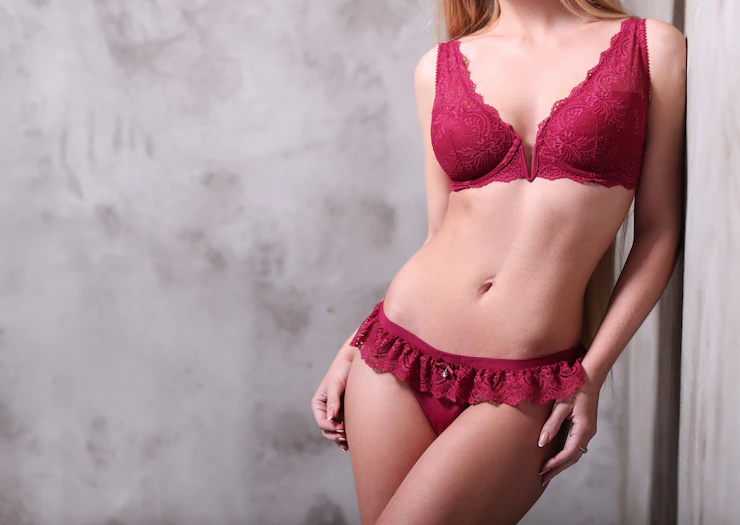Buying a light bulb is a little more complicated than it used to be. You can’t just pick up a similar watt bulb and expect it will match the other bulbs in the room, or even work in your fixture. So before you purchase your next bulb, you should arm yourself with these five facts.
1. Check your bulb base size and bulb shape
Light bulbs come in a variety of sizes and shapes, depending on where you’re using them. The standard light bulb used in U.S. households is an A19 bulb with E26 base. The E means that the bulb has an Edison Screw and the 26 means the base is 26mm across (in Europe you’ll find E27 bulbs). The A refers to the bulb shape. A is for arbitrary and is the shape that we all think of when we envision a light bulb (C is for candle, G is for Globe etc.) The number 19 designates the size. Bulbs.com has a great light bulb shape chart for reference. The site also has a handy light bulb base chart.
2. Determine much light you need
Wattage is no longer the best way to determine which bulb will be a direct replacement for the bulb that just burned out. Instead of watts, look for the number of lumens, the measure of how much light a bulb produces rather than how much energy it uses. You’ll usually also see a watt equivalent, but to be sure, look for the lumens. Here’s a cheat sheet for replacing incandescent bulbs:
If you used to buy 100 watt bulbs, look for a bulb with 1600 lumens.
If you used to buy 75 watt bulbs, look for a bulb with 1100 lumens.
If you used to buy 60 watt bulbs, look for a bulb with 800 lumens.
If you used to buy 40 watt bulbs, look for a bulb with 450 lumens.
The fixtures in your home will have a rating for the maximum watts they are capable of safely handling. If you buy an energy-saving bulb and want a brighter light, you can buy a bulb that delivers more lumens and still stay safely within the maximum wattage allowed. For instance, a 9-watt LED bulb delivers the same amount of light as a 60-watt incandescent bulb. So you could safely move up to a 15-watt LED bulb, which would deliver the same amount of light as a 100-watt incandescent bulb.
3. Select the right color of white for your light bulb
White light bulbs have a color cast. They can be the warm, yellow light of the traditional incandescent light bulb, the cool, blue light of daylight or somewhere in between. Manufacturers like to use terms like “soft” or “warm” or “daylight.” Unfortunately, these terms aren’t standard across manufacturers. To determine the direct color replacement, you should look at the color temperature, which is measured in degrees Kelvin. Here’s how
2700 – 2800K: Warm, yellow light
3000 – 3200K: Still slightly yellow, warm light
3500 – 4000K: A neutral, bright white light
5000 – 6500K: A slightly bluish, bright white light
Smart LED lights can change their color across the spectrum of white light (and some can produce a wide range of colors as well). These may be of interest as different color variants may work better for specific tasks—for example, you might want a bright blue-tinged white light in the morning or for better contrast while reading but enjoy a warmer light at bedtime. Blue light has been shown to interfere with sleep, which is another advantage of being able to adjust your lights to warmer tones at night.
Finally, not all light bulbs accurately show the true colors of an object. Color accuracy is measured on the color rendering index (CRI) on a scale from zero to 100. Incandescent and halogen bulbs have a perfect CRI of 100. As long as a compact fluorescent or LED bulb has a CRI of 80, it’s considered good, and over 90 is regarded as excellent.
4. Find out if you need to dim your light
Not all light bulbs can be dimmed or used in 3-way fixtures, especially compact fluorescent and LED bulbs. The packaging should specifically say that the bulb is “dimmable” or “3-way” in order for you to know that the bulb will indeed work with your dimmer or 3-way fixture.
5. Find out if your light bulb will be used in an enclosed fixture or recessed can
Light bulbs that are used in enclosed fixtures and recessed fixtures heat up more than if they’re used in open fixtures. LED bulbs are especially sensitive to heat won’t last as long if used in these types of fixtures. If you want your LED bulb to last longer, make sure you look for a bulb that rated for use in a enclosed fixture. You can find enclose-fixture rated LED bulbs on Amazon.
6. Choose the right type of light bulb
When you’re buying new bulbs—no matter the type—you’ll want to look for the Energy Star label. Energy Star certified light bulbs are tested to meet energy efficiency standards and will include labeling to tell you exactly what you’re buying. The Energy Star label will show the bulb’s brightness (in lumens), color (i.e. color temperature), lifespan, energy usage, and what it will cost to run it for a year. This information makes it easy to compare bulbs, especially if you’re considering bulbs of different types.
There are three types of energy-saving bulbs on store shelves:
- Energy-saving incandescents (halogen): These lower wattage incandescent bulbs have a tungsten filament like standard bulbs, but are surrounded by a halogen gas, rather than argon or nitrogen, which provides bright light with better efficiency. These are 25% more efficient than traditional incandescent bulbs and will last three times as long. Prices start at just under $1.50 per bulb (750 lumens).
- Compact fluorescents (CFLs): You’ve probably seen—and maybe hated—these curly, bulb-sized fluorescents. Though early versions tended to offer harsh light, the latest CFL bulbs have more color options and some are even styled to look like traditional incandescent bulbs. These bulbs offer 75% energy savings over an incandescent and last ten times as long. Prices start under $3 per bulb (850 lumens).
- LEDs: The most efficient option, LED bulbs are 75-80% more efficient than traditional incandescents and last up to 25 times longer. Prices start at just under $2 per bulb (800 lumens), though the less expensive bulbs tend to be rated at 10 years, not 20.
- Smart bulbs: Smart bulbs are LED bulbs that can connect to WiFi or Bluetooth so you can control them from your smart assistant (Amazon Alexa, Google Assistant, or Siri) or a smartphone app. While the functionality is a bit different for each bulb, you can typically tell them to turn on or off at different times and turn them on or off from afar. Some bulbs will even have the option to control the light color. Prices start at just under $10 per bulb (800 lumens).


